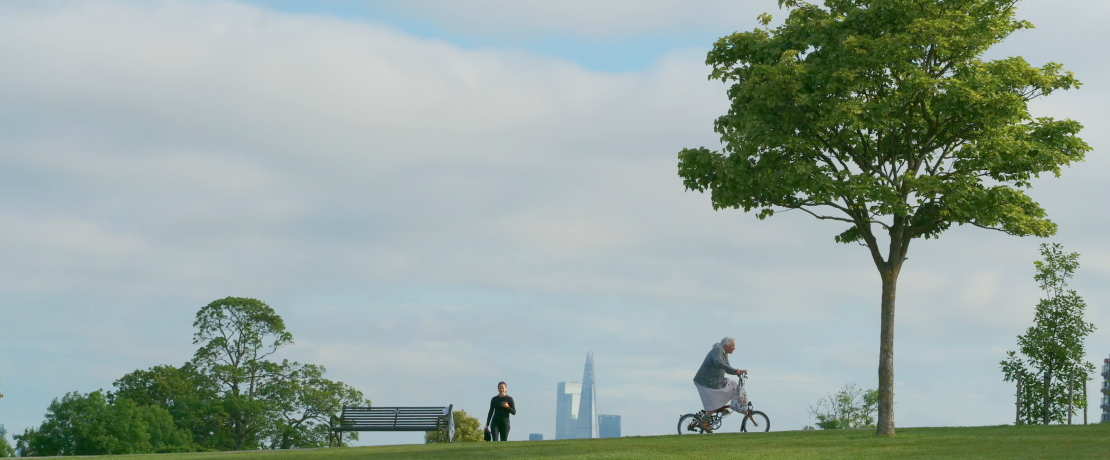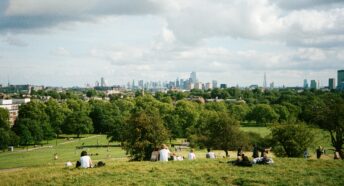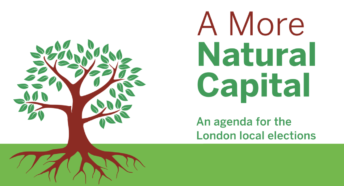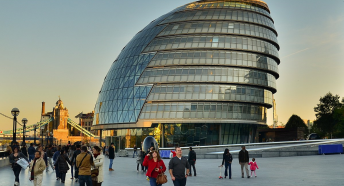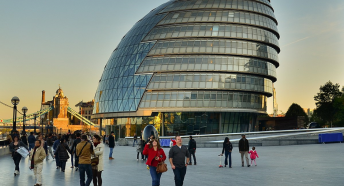London after lockdown: what are the key priorities for a green recovery?
What steps should we prioritise for building a fairer, more equal and more resilient city in the wake of the pandemic?
The COVID-19 pandemic has brought into sharp focus the health and economic inequalities within our city. These challenges, alongside the ever-impending threat posed by the climate emergency, means that as we navigate the ‘new normal’ it is clear that a return to ‘business as usual’ is not an option.
On Thursday 8th October, CPRE London organised a panel discussion on ‘London After Lockdown: priorities for a green recovery’. The topic was debated by a high-profile cast from London’s environmental and urban planning community: Dr Clare Melhuish, Director of the UCL Urban Laboratory at University College London, Ben Rogers, Director of the Centre for London and Shirley Rodrigues, Deputy Mayor for the Environment and Energy.
Here are our key takings from the panel presentations and subsequent discussion:
Sustainability for prosperity
Carbon-neutral regeneration is an opportunity for a prosperous, more inclusive form of economic development. While the tendency has been to focus on catastrophe- prevention, there is a need to think positively about the benefits for business of a zero-carbon, circular economy. We need to see the creation of many more green and low-carbon jobs in a more balanced, polycentric city where local economies thrive.
Improved access to green space
Lockdown has brought to light the inequality of access to green space across London which especially disadvantages the marginalised and vulnerable within our communities. This can be improved with the development of affordable housing that incorporates green infrastructure including new parks in areas of deficiency to bring the natural world closer to Londoner’s homes.
Greener developments
As homes increasingly become places of sanctuary but also of work, we need to put housing back at the heart of the urban system. The current models of development are failing to meet the needs of all Londoners and this can only be altered by a shift in policy. Furthermore, we need stronger planning tools to ensure new localised social and green infrastructure can emerge from redundant or underused sites across the city.
Local mobilisation
The community spirit that has blossomed during the pandemic was incredibly uplifting. The upscaling of community initiatives and the upskilling of members within the community is a key priority for enabling effective, ongoing local mobilisation. Funding from bodies, such as the Greater London Authority, should be directed towards increasing communication and coordination between local groups that are working hard to create a greener city.
Healthy streets
The Mayor of London has set a target for 80% of all journeys to be by public transport or active travel by 2041. A modal shift towards decarbonised transport alongside smarter transport planning will help deliver less congested, cleaner streets and reduce the city’s carbon footprint. The rise in the popularity of cycling, electric bikes and scooters is encouraging and should reduce car-dependence. With the help of initiatives like ‘Street Space’ and the urban greening factor, we envision a future where low traffic neighbourhoods can be recast as greener, more liveable spaces.
We are grateful to our panellists who provided enlightening and constructive thoughts on a post-pandemic recovery and to everyone who participated in the discussion session. We will continue to press for a strong green vision for London that encourages the systematic change required to create a more socially integrated and environmentally sustainable city. We also thank all our members and supporters for their ongoing support enabling us to work to help deliver on these priorities.
Photo credit: Marieke Wrigley
